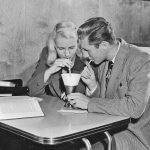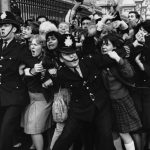A woman was almost kicked out mid-race by the race organizer, yet she made history as the first woman to run the Boston Marathon officially.
This is the inspiring story of Kathrine Switzer, who proved that women were not “too fragile” for long-distance running, as once believed.
Her journey didn’t stop there. Switzer went on to become a journalist, author, and champion for female athletes, winning the 1974 New York City Marathon and helping secure the women’s marathon as an Olympic event.
Keep scrolling down to explore how Kathrine Switzer changed the face of women’s running.
The power of running
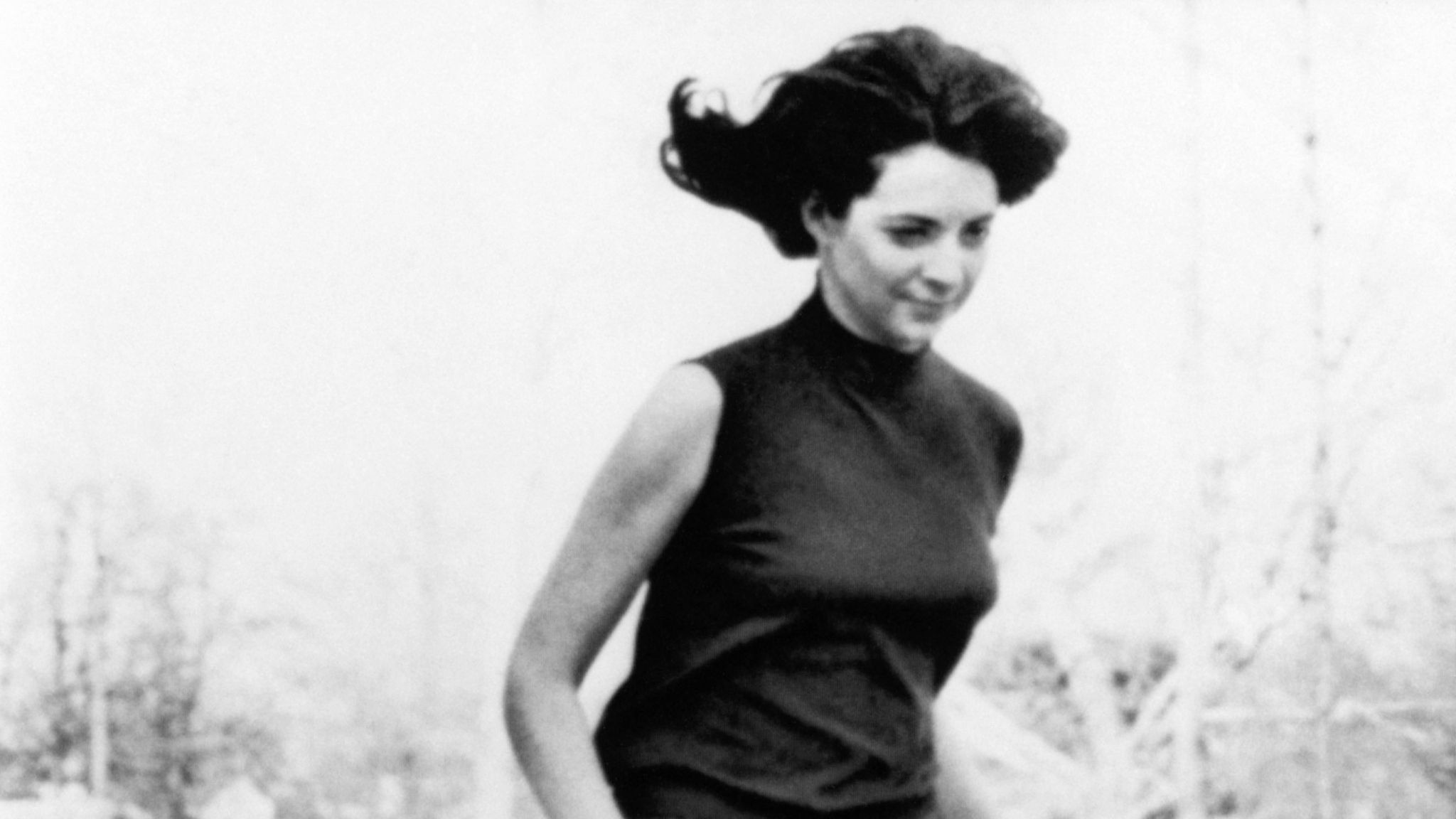
Kathrine Switzer, born in 1947 in Amberg, Germany, moved to Fairfax County, Virginia, where she discovered her love for sports. As a teenager, she played field hockey and basketball but running became her true passion. She ran a mile every day.
At Lynchburg College, she continued running and later joined the men’s cross-country team at Syracuse University. She trained relentlessly to prepare herself for the Boston Marathon.
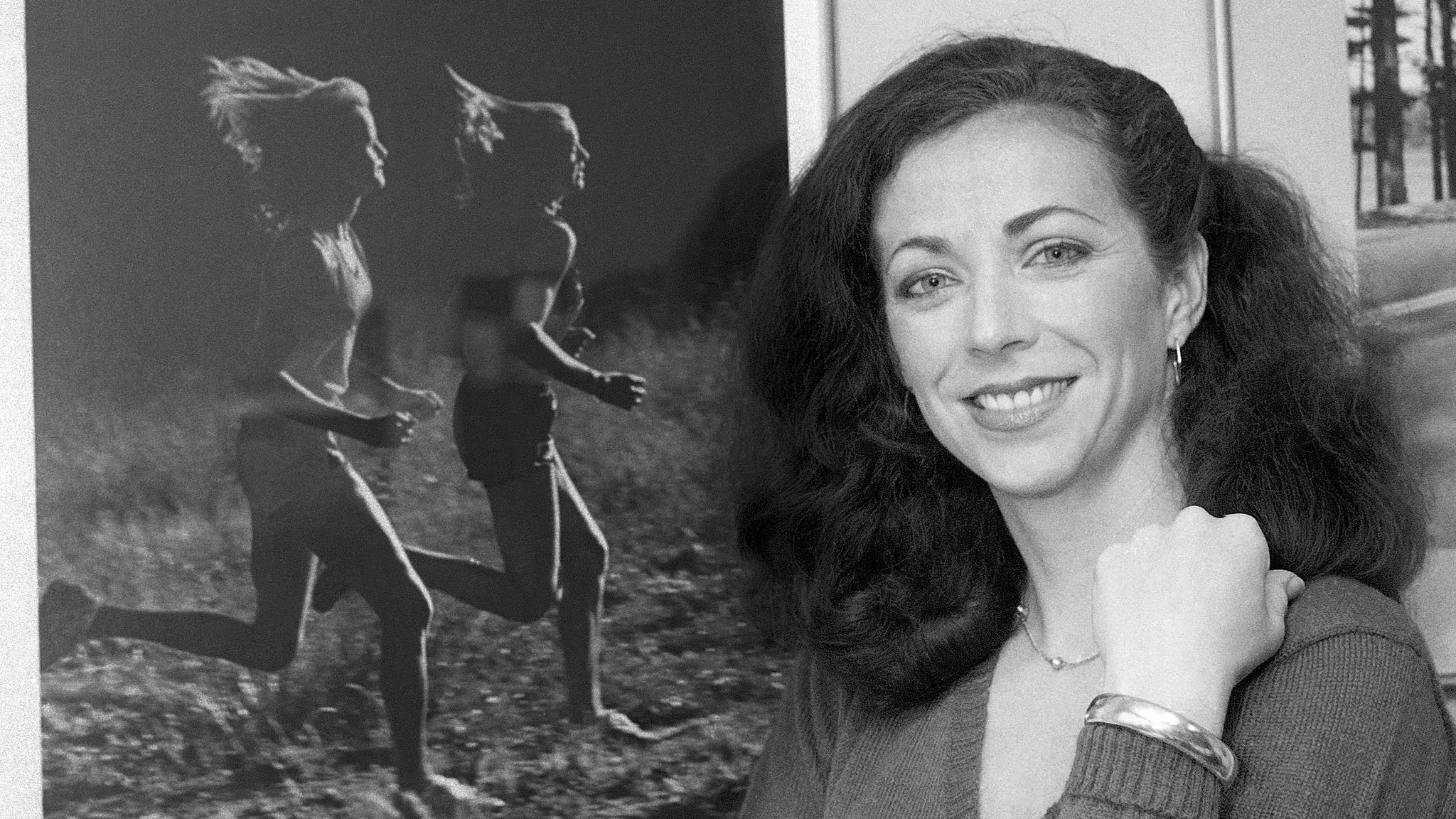
The race was long considered off-limits for women because of popular beliefs at the time that women were “too fragile” for long-distance running.
Because there was no explicit rule against female participants, she registered under her initials, “K.V. Switzer.” This name, as she always signed her work, unintentionally masks her gender.
Switzer was quoted saying, “I wasn’t trying to prove anything. I was just trying to run.”
What really happened in the marathon?
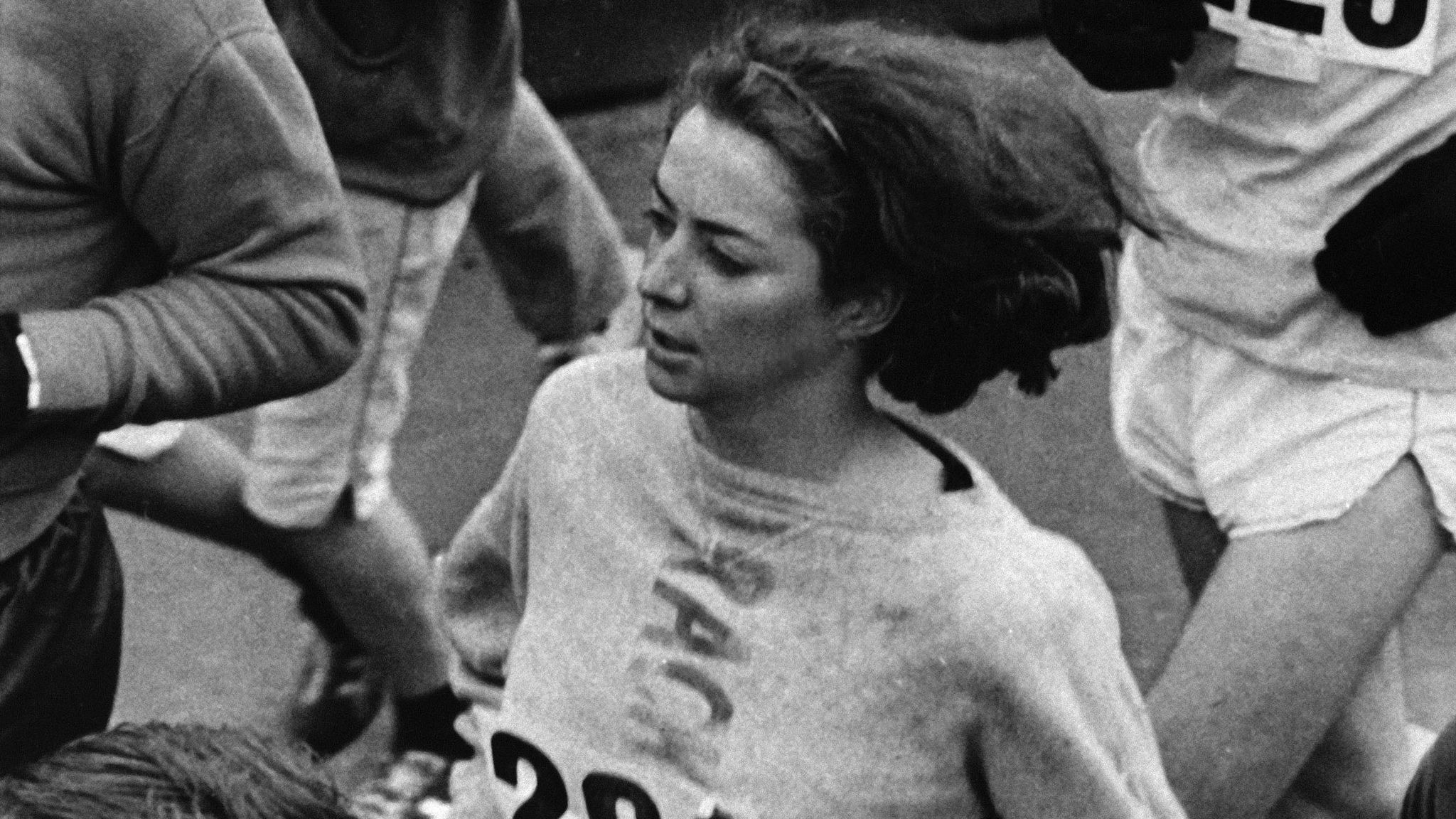
On April 19, 1967, over 600 runners began the Boston Marathon in cold, wet conditions. Kathrine Switzer, the first woman to enter the race officially, recalled the initial excitement, saying, “Everyone was happy and cheering. The guys were wonderful.”
However, things quickly changed just several miles into the race when the press truck noticed she was a woman wearing bib number 261.
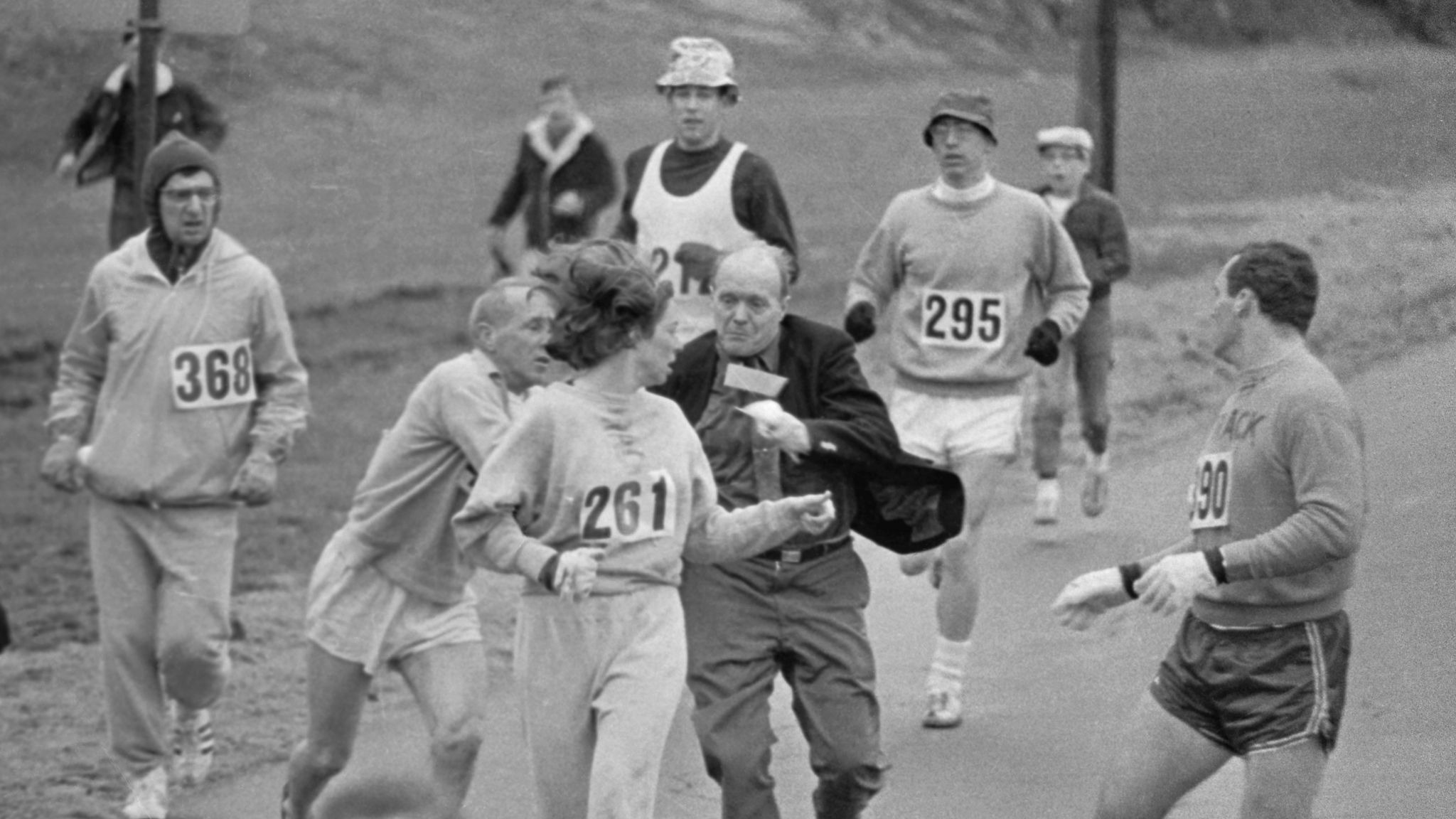
The race’s co-director, Jock Semple, was on another bus filled with officials. When he learned that a woman was participating, he became furious.
Switzer described Semple as “feisty” and with a short temper. Teased by journalists on the bus, he jumped off and charged towards her.
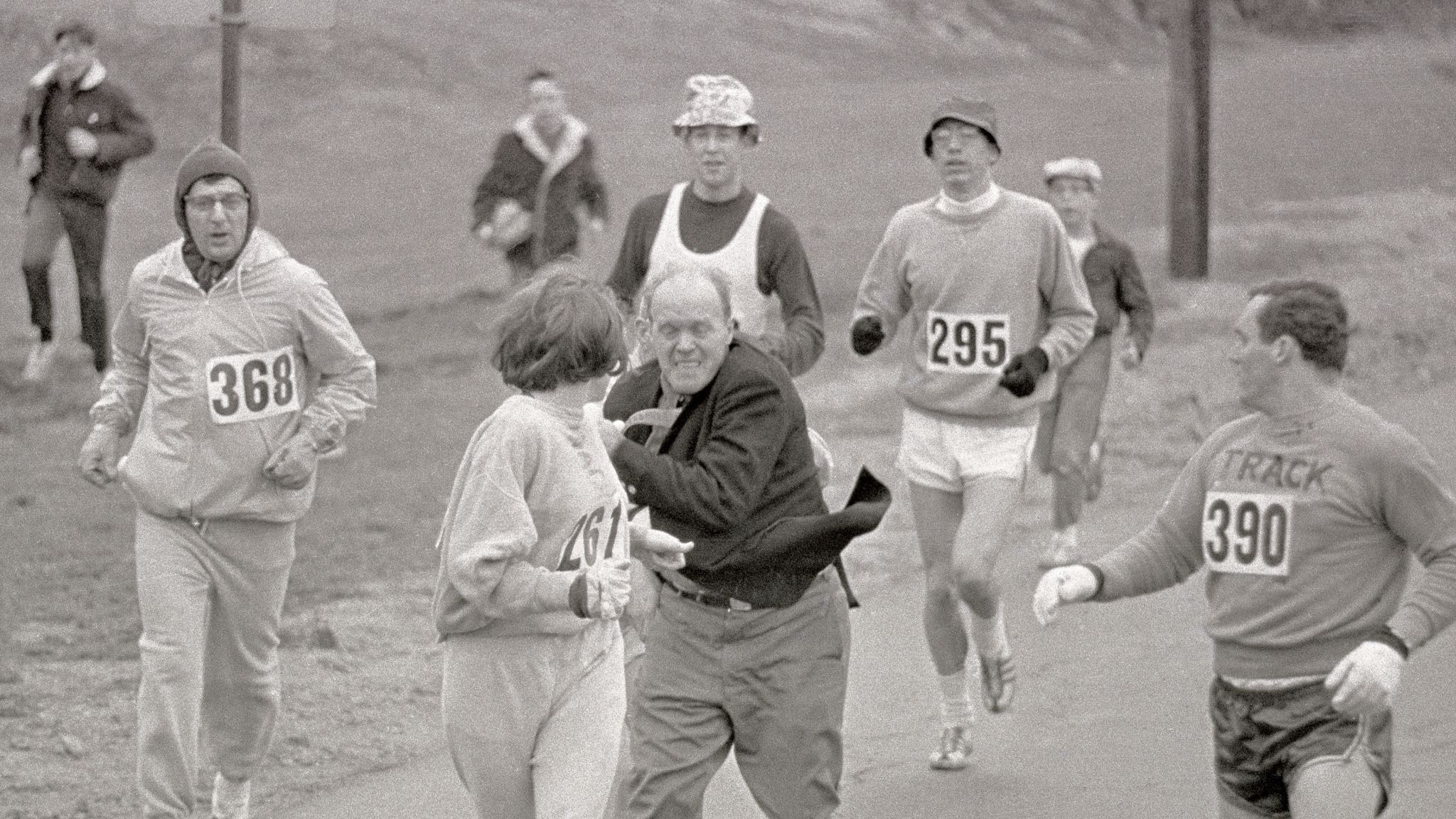
Switzer heard his leather shoes moments before he reached her, screaming, “Get the hell out of my race and give me those numbers!” He grabbed her bib and began pulling her back, trying to tear off the numbers.
Switzer’s boyfriend, Tom Miller, an ex-All-American football player weighing 235 pounds, delivered a powerful shoulder block to Semple, sending him flying.
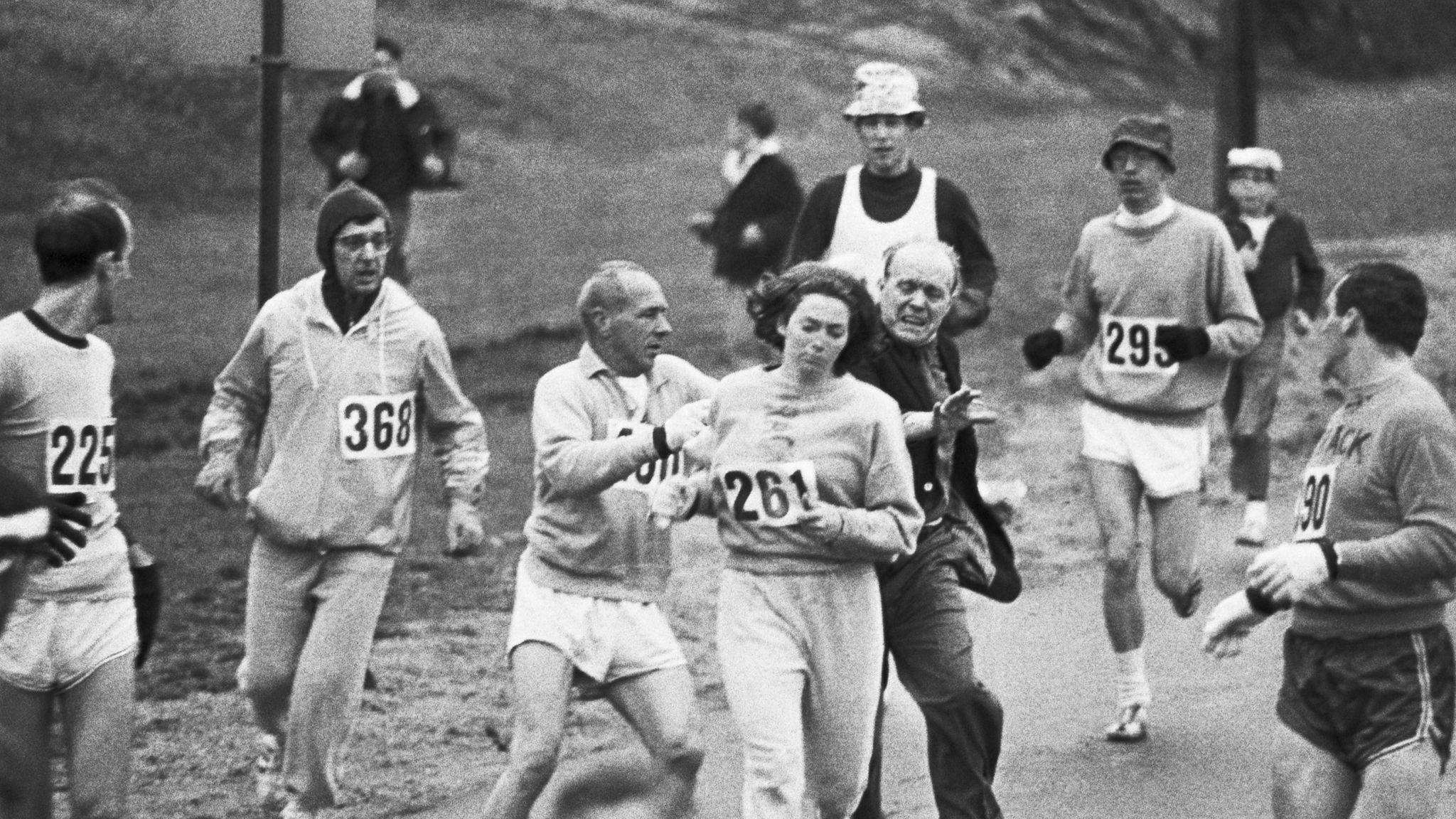
Switzer recalled her coach telling her to “run like hell” as they fled down the street and dodged questions from the press truck trailing them.
Switzer completed the marathon in 4 hours and 20 minutes, becoming the first woman to finish the Boston Marathon officially. By the end, cold and impatient reporters bombarded her with questions, asking if she was a suffragette or crusader.
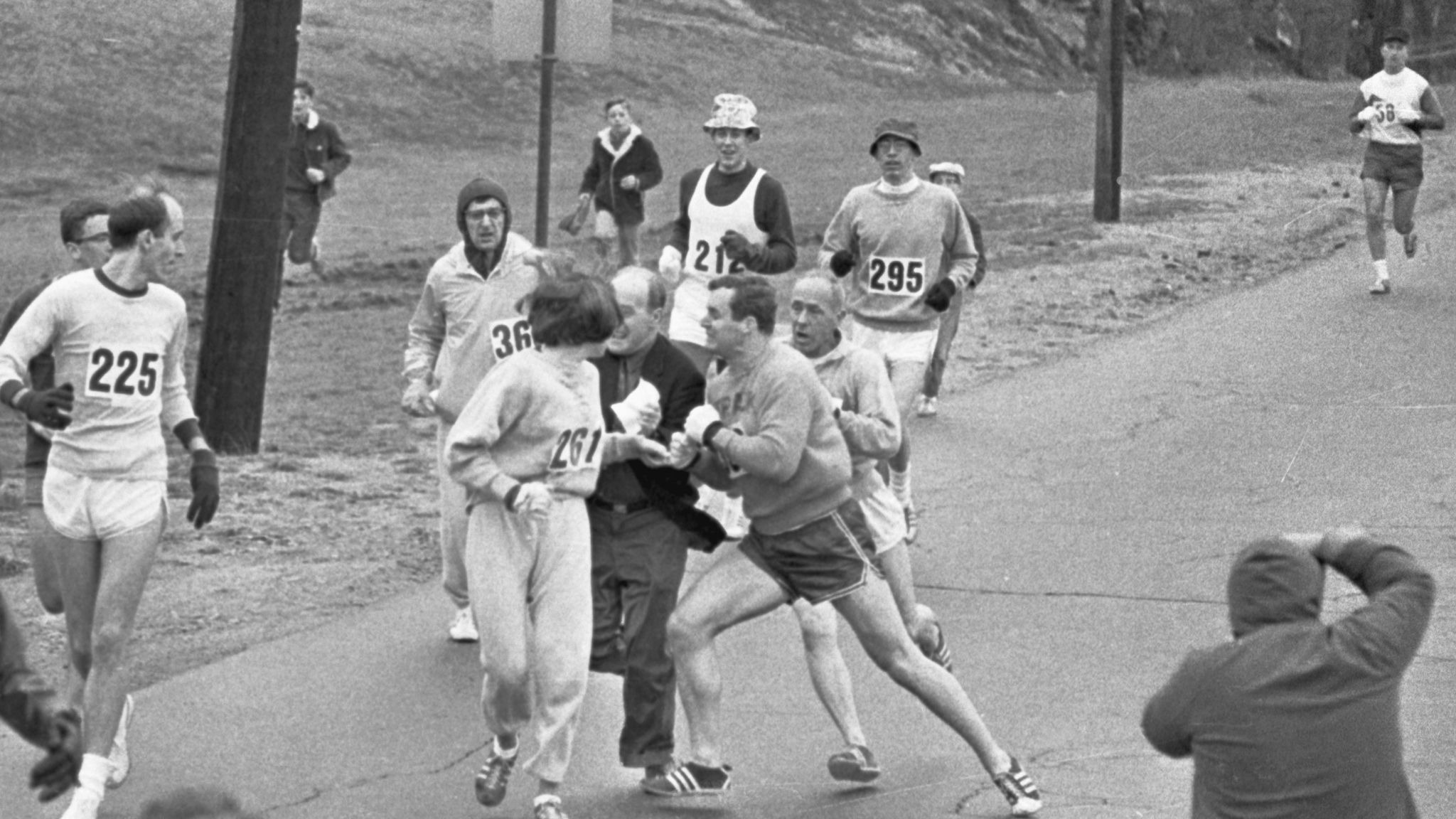
Switzer told them, “We’ll be back again and again, and if our club is banned, we’ll form a new club.” She even declared, “Someday, you’ll read about an 80-year-old woman who dies running in Central Park. That will be me!”

She knew that her success would open the door for future generations of women runners. As she said after the race, “I knew if I quit, nobody would ever believe that women could do this.”
Beyond Boston: The fight for women’s running

The Boston Marathon officially allowed female runners in 1972, largely due to Switzer’s advocacy and the attention her 1967 run brought to gender equality in sports.
Switzer herself continued running and, in 1975, placed second in the Boston Marathon with a personal best time of 2:51:37.
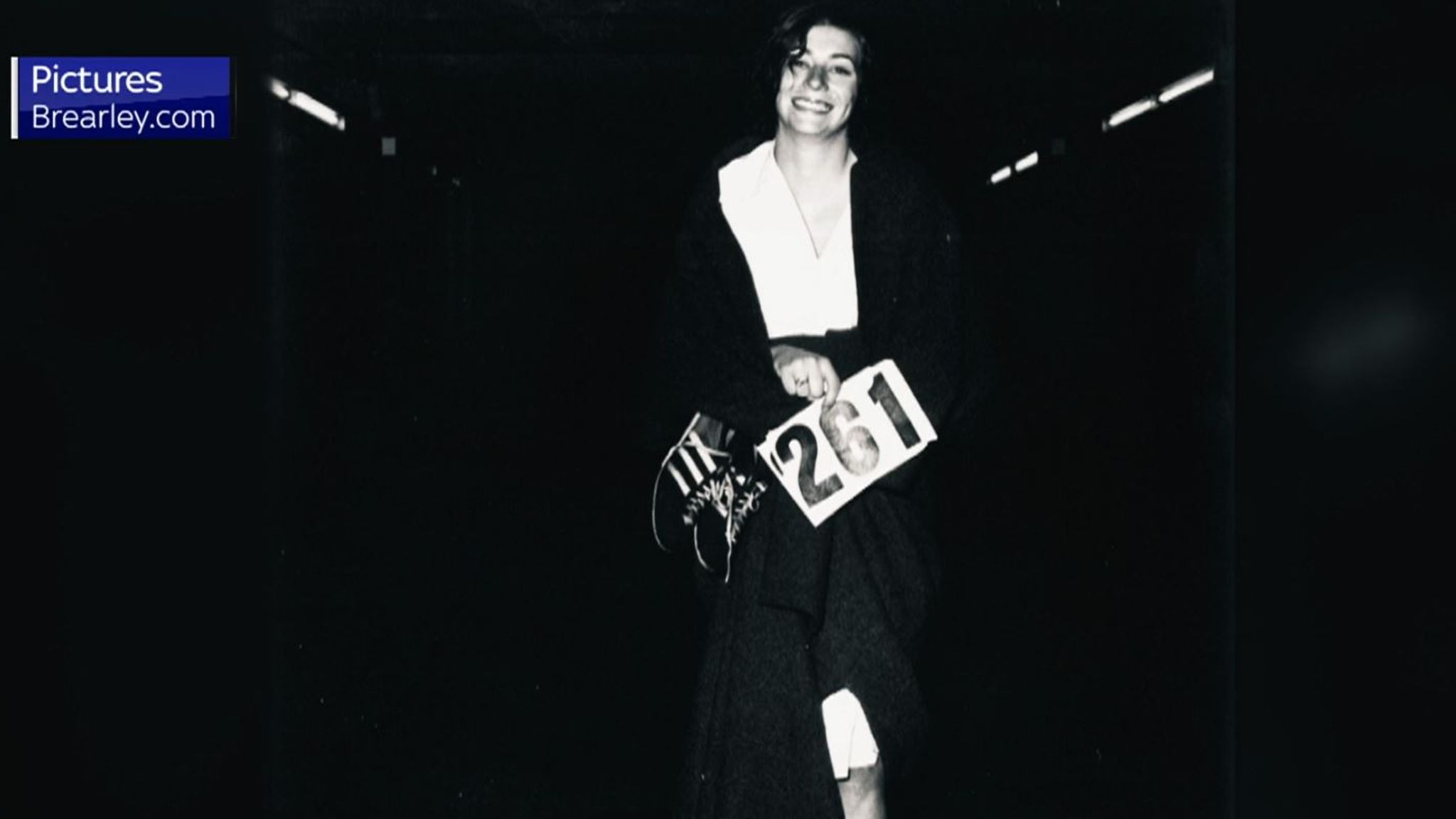
In 1977, she founded the Avon International Running Circuit, which hosted women-only races worldwide. This eventually led to the inclusion of the women’s marathon in the 1984 Olympics, where Switzer provided commentary for the event’s first race.
An ongoing legacy
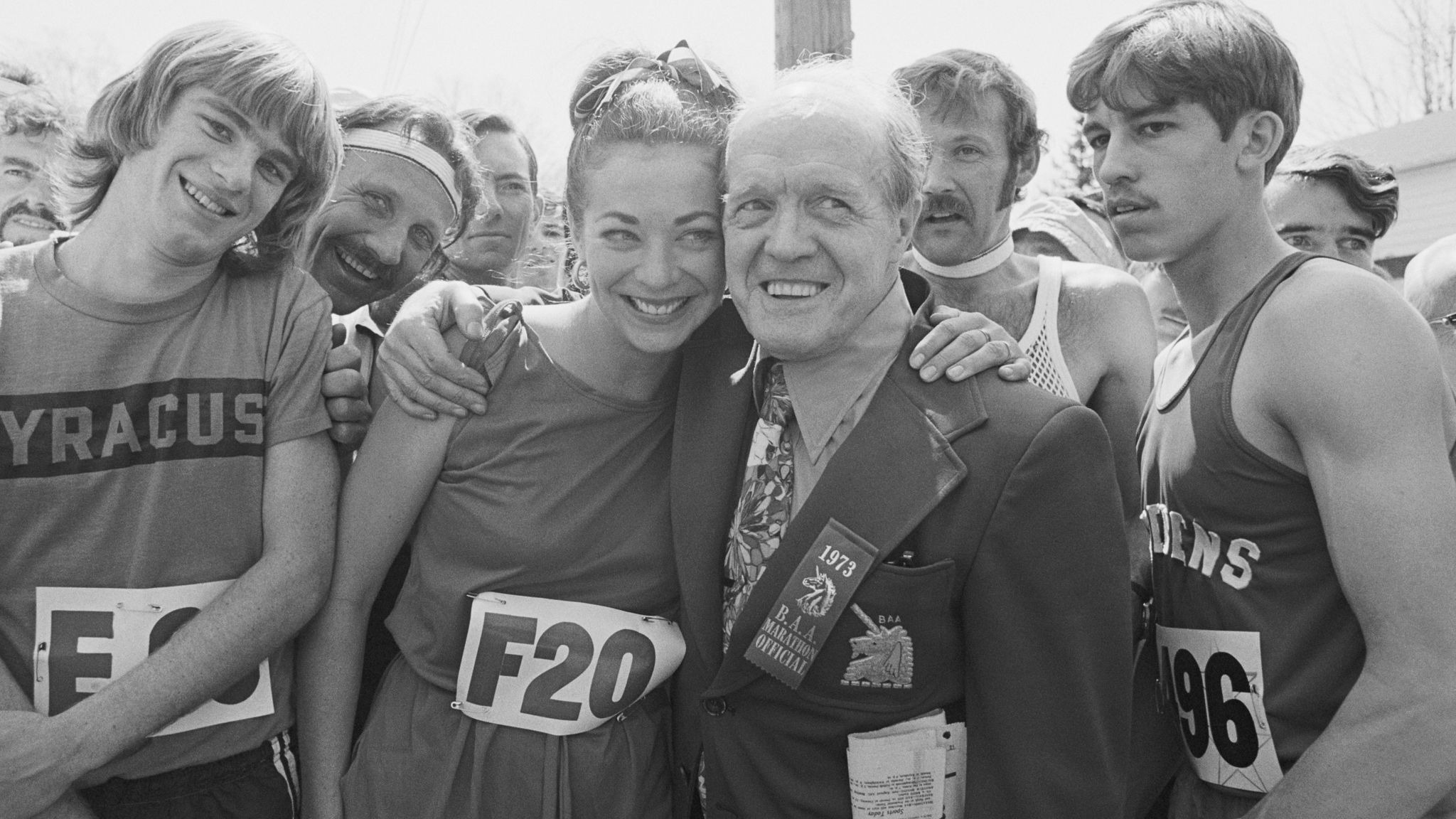
Kathrine Switzer became an influential figure in women’s sports, authoring “Running and Walking for Women over 40” and her memoir, “Marathon Woman.”
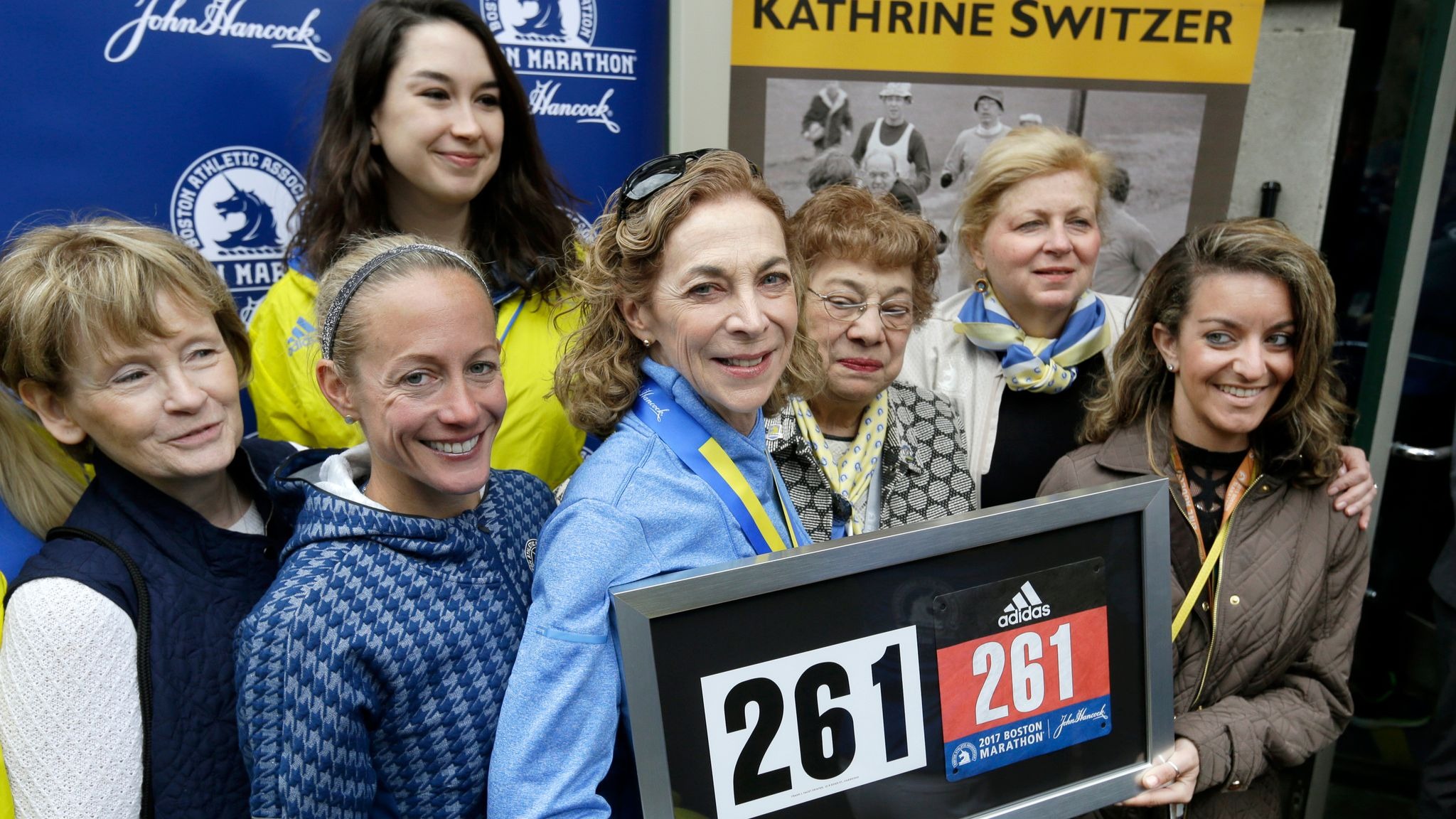
Her efforts to promote female participation in running have earned her numerous accolades, including the Billie Jean King Award and the Abebe Bikila Award.
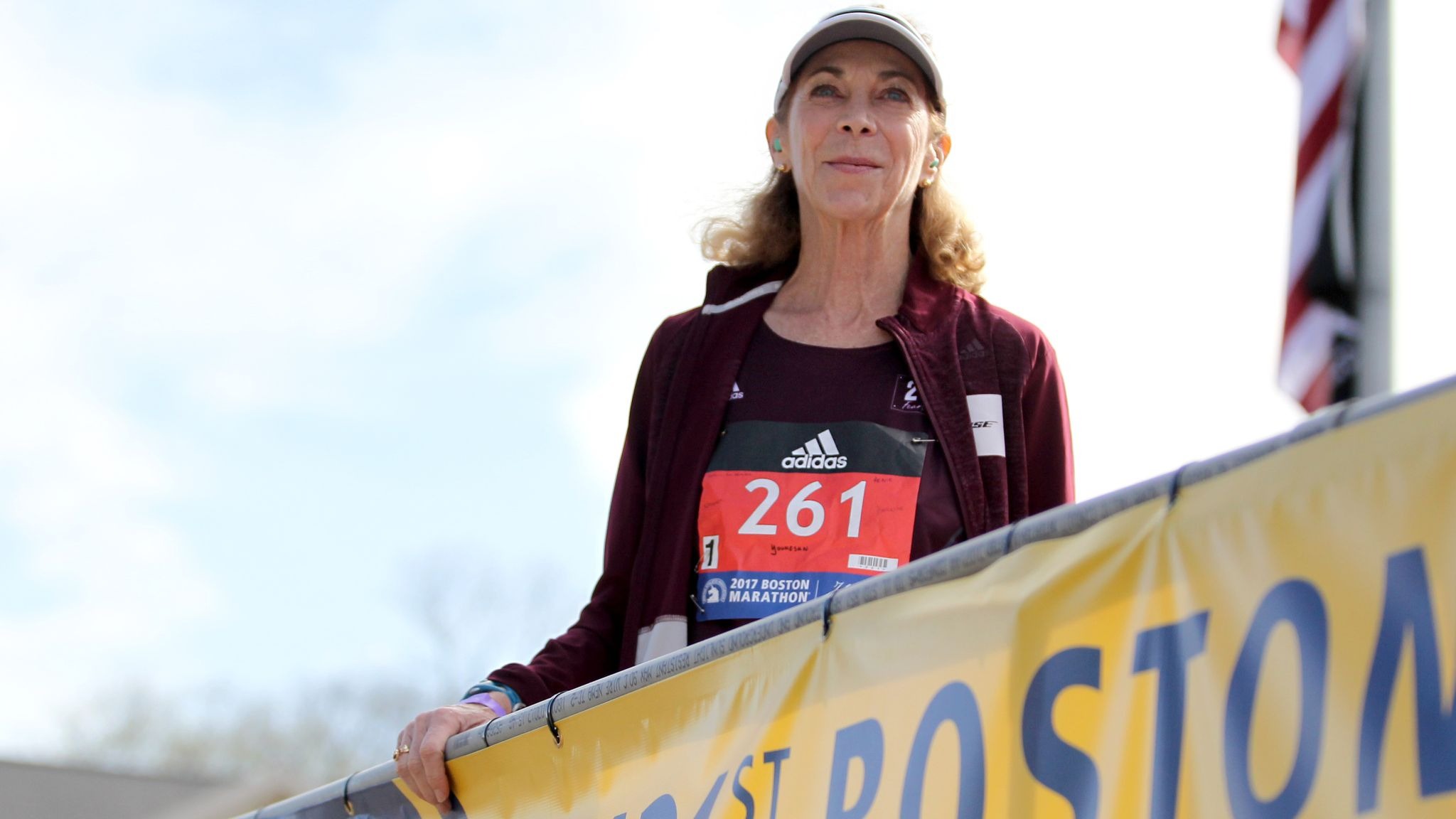
She has been inducted into the National Distance Running Hall of Fame and the National Women’s Hall of Fame. In 2017, Switzer ran the Boston Marathon once again to celebrate the 50th anniversary of her groundbreaking achievement.
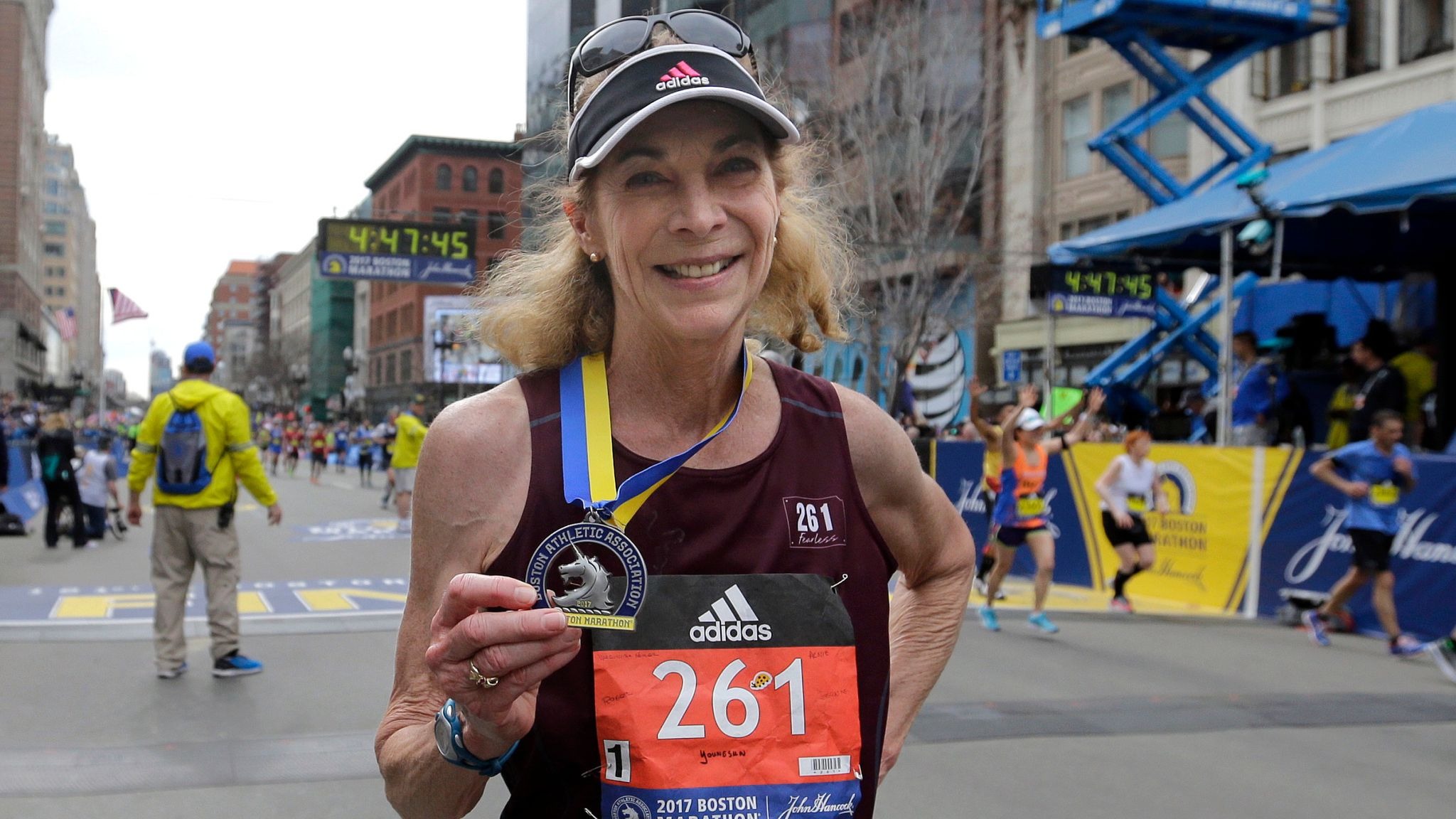
Switzer’s legacy is a powerful reminder of how one person’s courage and determination can change the world, especially for future generations of women athletes.

